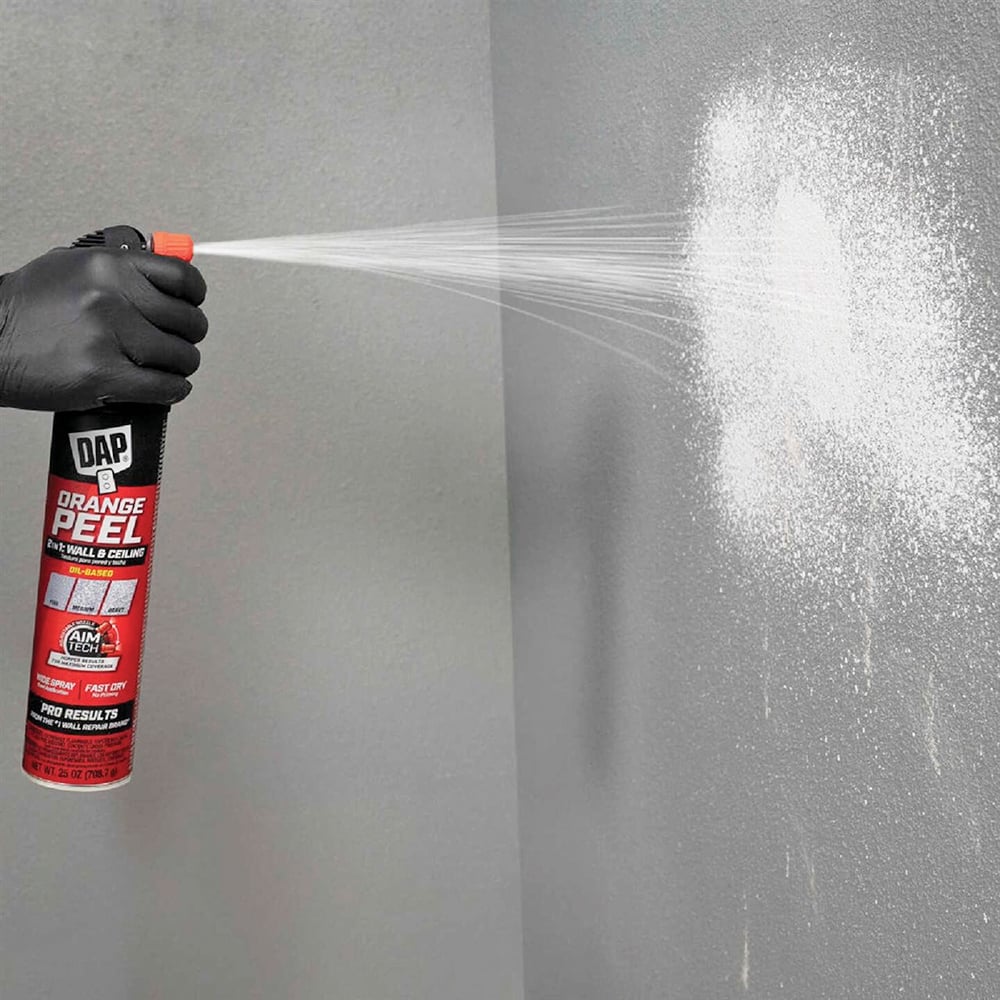
(BPT) Maintaining the walls of your home is essential for both aesthetic appeal and structural integrity. Over time, walls can suffer from various types of damage, whether it’s from everyday wear and tear, accidents or environmental factors. From the more common drywall holes to texture damage, concrete wall cracks and water damage, understanding how to effectively address these issues is crucial for any homeowner. Proper repairs not only restore the appearance of your walls but also prevent further deterioration and potentially costly repairs down the line. Here are practical solutions for repairing different types of wall damage, ensuring your home remains in top condition.
Drywall Hole Repairs
Drywall hole repairs are among the most common wall repairs homeowners encounter. Many drywall holes can be easily patched with spackling or a drywall patch kit. For the ultimate spackling option, DAP Fast Dry Premium Spackling is a professional-grade spackling compound with a smooth, one-strike application that leaves a rock-solid coat that won’t sink, shrink or crack, offering superior impact resistance and is paint ready in as little as just 15 minutes. Another great solution for repairing drywall holes is the Eclipse Rapid Wall Repair Patch. Whether the damage is small from a picture frame nail or anchor or as large as doorknob damage, simply apply the patch and it’s paint ready immediately. With Eclipse, projects can be completed faster with a permanent, mess-free solution that offers superior impact resistance.
Texture Damage Repairs
Texture damage repairs are necessary when the wall’s surface texture is compromised, often after fixing cracks or holes. The challenge lies in matching the existing wall texture to create a professional look. For a seamless repair, try DAP’s 2in1 Wall & Ceiling Spray Texture for orange peel, knockdown and popcorn textures. Unlike competitive products on the market, DAP’s aerosol cans feature Aim Tech technology that offers a 60-degree adjustable nozzle angle to easily repair vertical, overhead and hard-to-reach areas with one can, providing users much flexibility when completing projects. Once dry, the wall can be painted to match the rest of the room. A useful tip is to practice on a piece of cardboard before applying the texture to the wall to ensure you achieve the desired consistency and pattern.
Concrete Wall Repairs
Concrete wall repairs are typically needed when cracks or spalling occur, often due to settling or exposure to the elements. For small cracks, applying concrete repair caulk or epoxy filler can restore the wall’s integrity. Larger cracks may require chiseling out the damaged area and filling it with a concrete patching compound. Spalling, where the surface of the concrete flakes or chips away, involves removing the damaged material and applying a new layer of concrete. To ensure a durable repair, it’s essential to clean the area thoroughly before applying any patching materials and to use a bonding agent to help the new concrete adhere to the old.
Water Damage Repairs
Water damage repairs are critical not only for aesthetic reasons but also for preventing mold and structural issues. The first step in repairing water-damaged walls is to identify and eliminate the source of the moisture to prevent future problems. Once the area is dry, remove any damaged drywall or plaster and replace it with new material. It’s essential to treat the area for mold or mildew, using appropriate cleaning solutions, before proceeding with repairs. After replacing the damaged sections, apply a stain-blocking primer to prevent water stains from bleeding through the paint. For lasting results, ensure the area is completely dry before painting and consider using moisture-resistant materials in areas prone to dampness.
For more wall repair tips, visit DAP.com.









